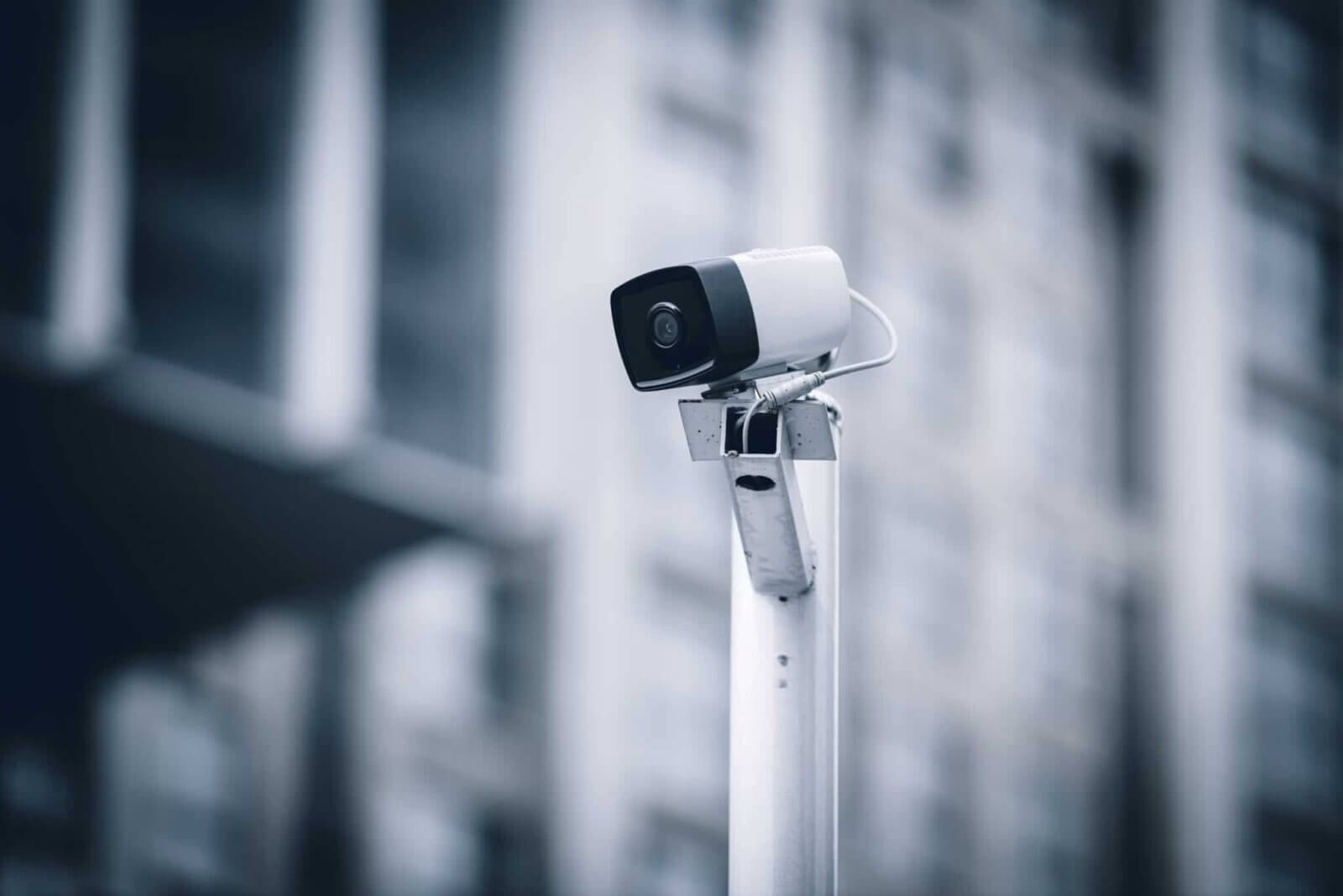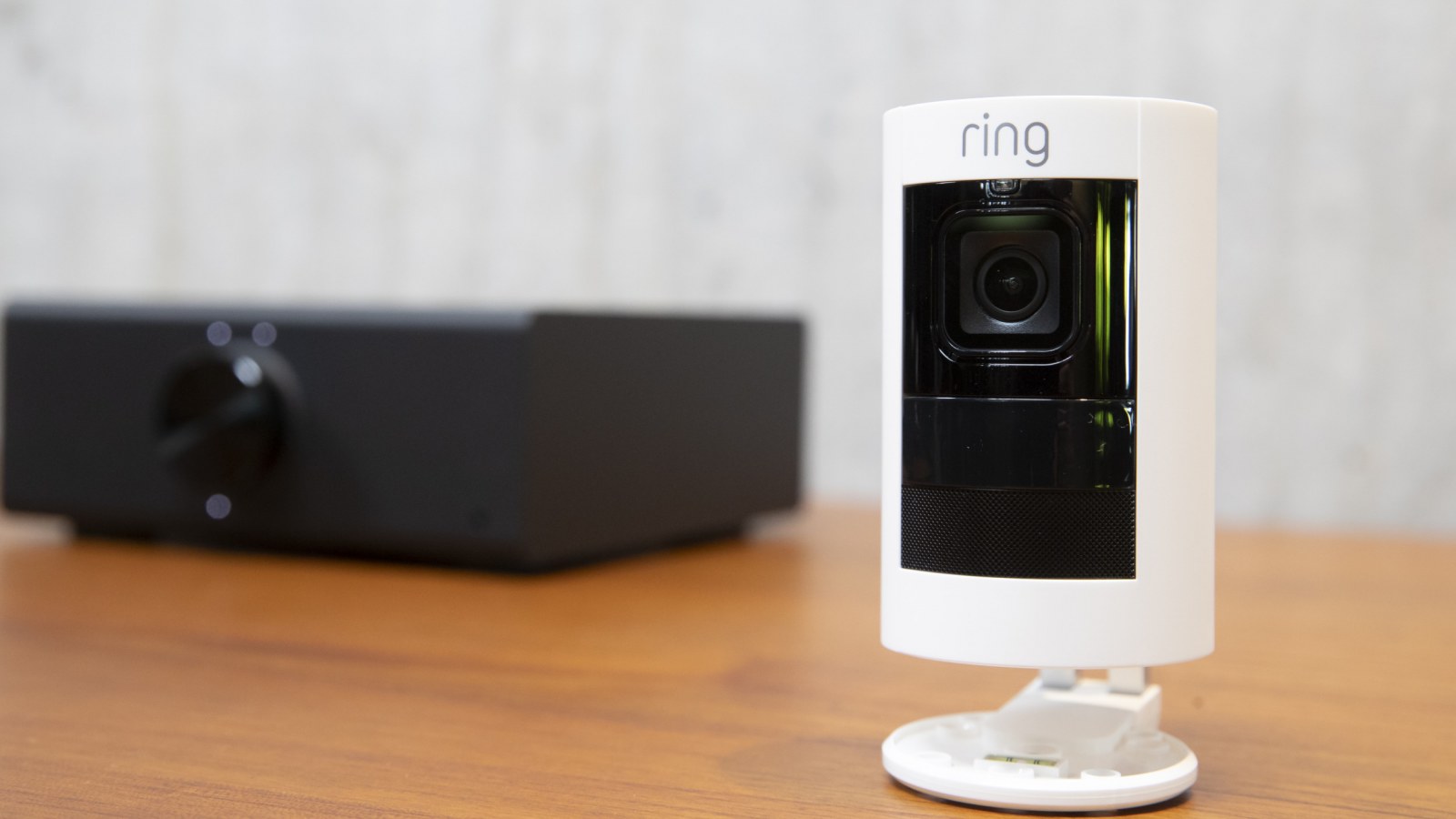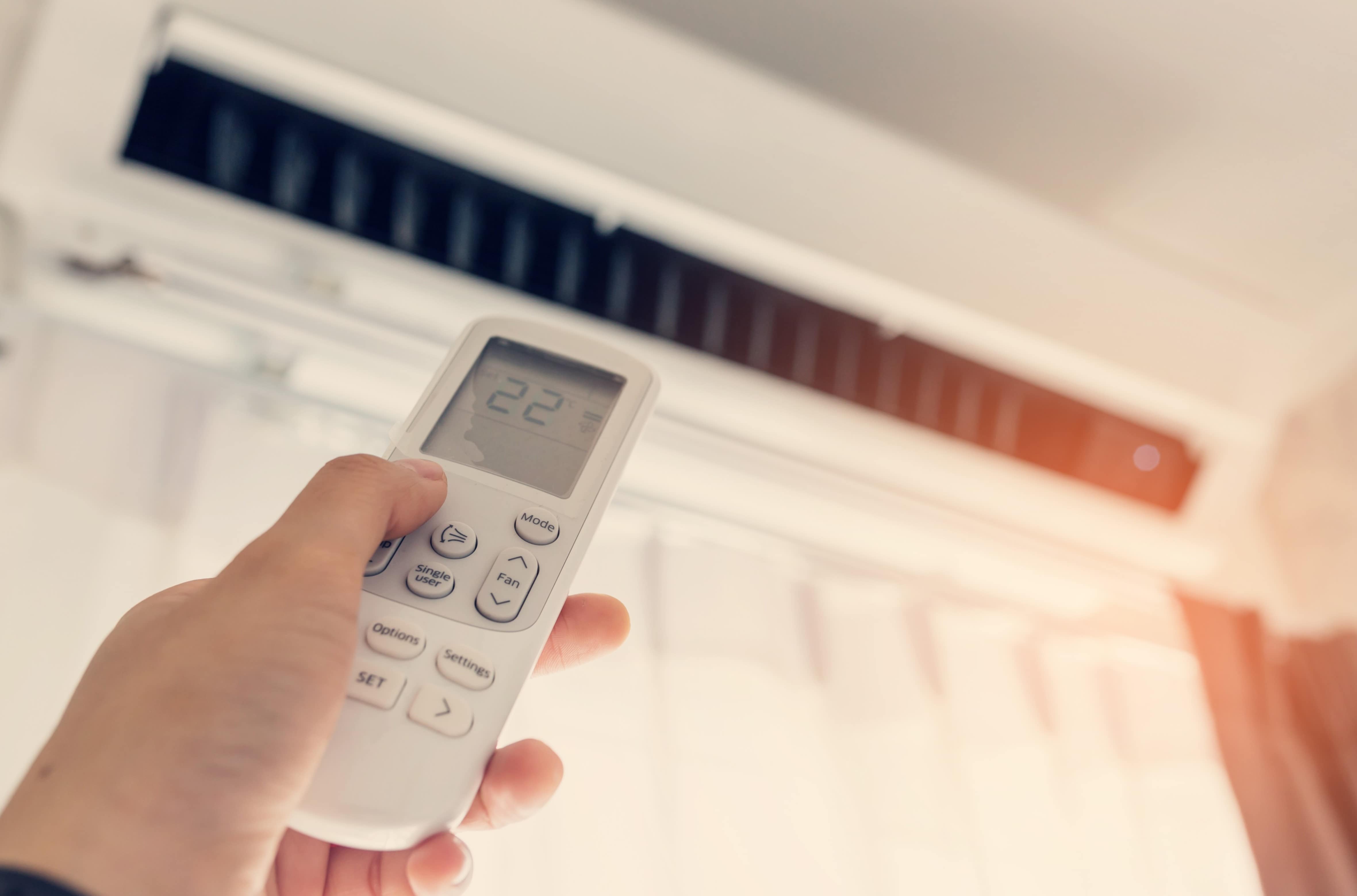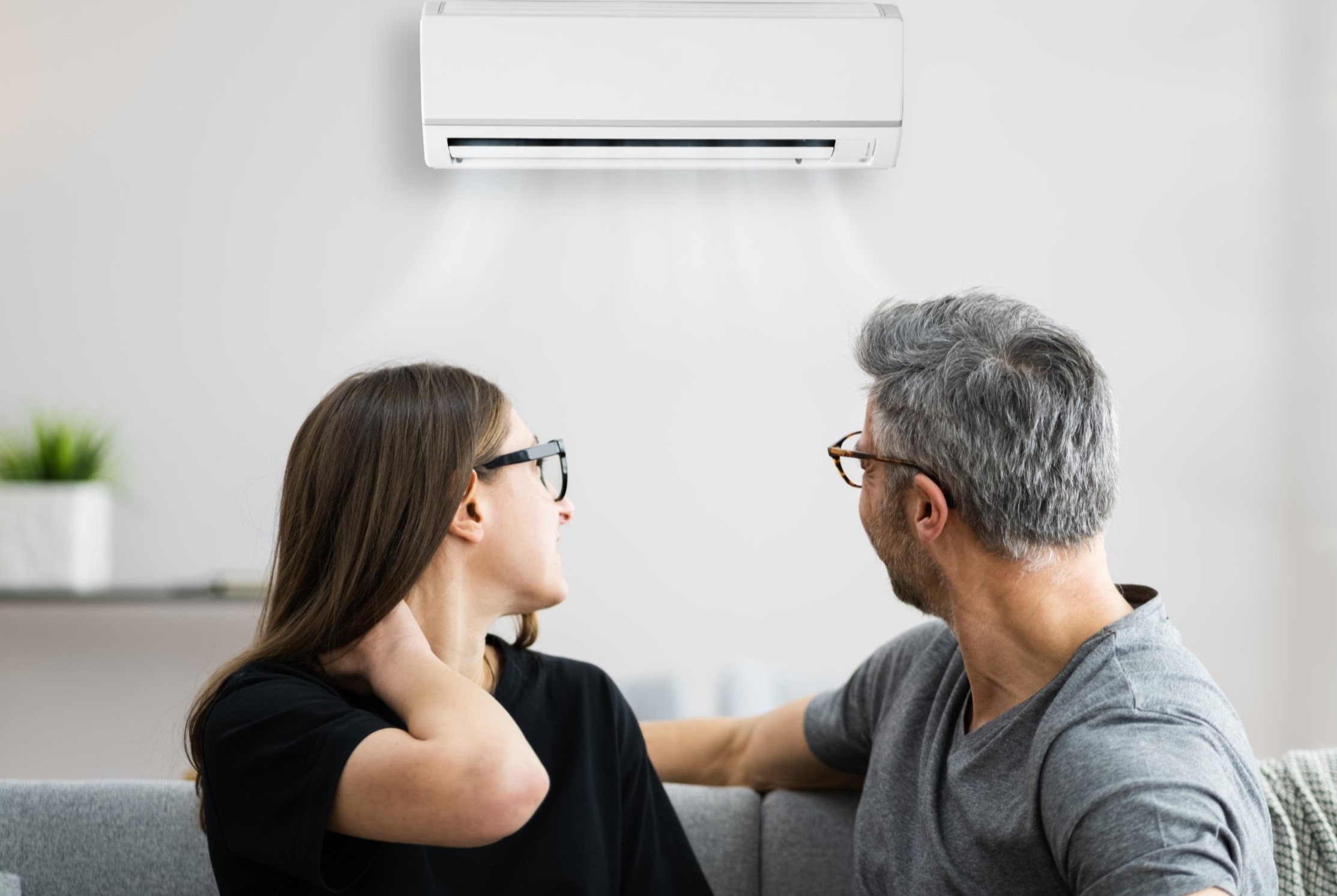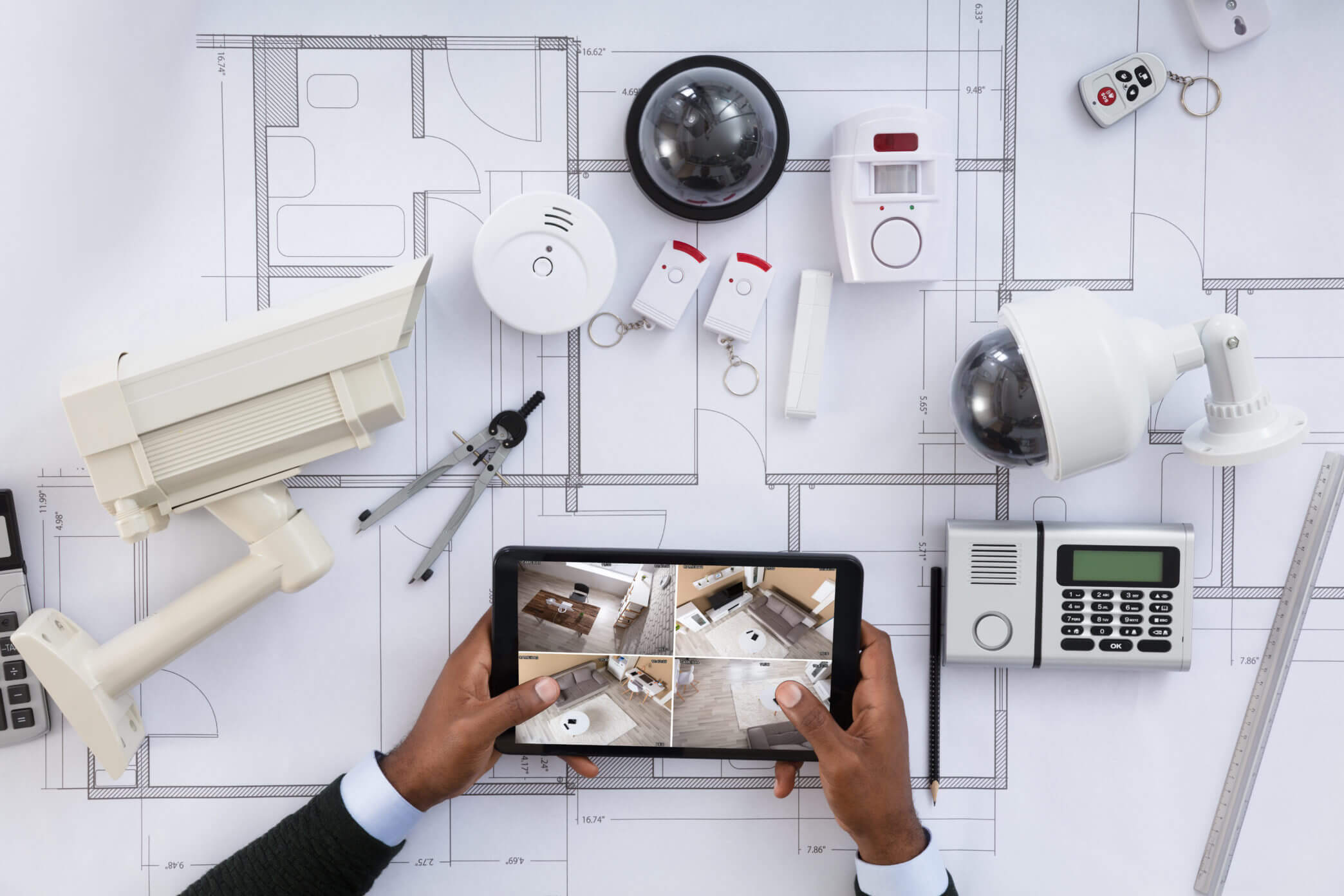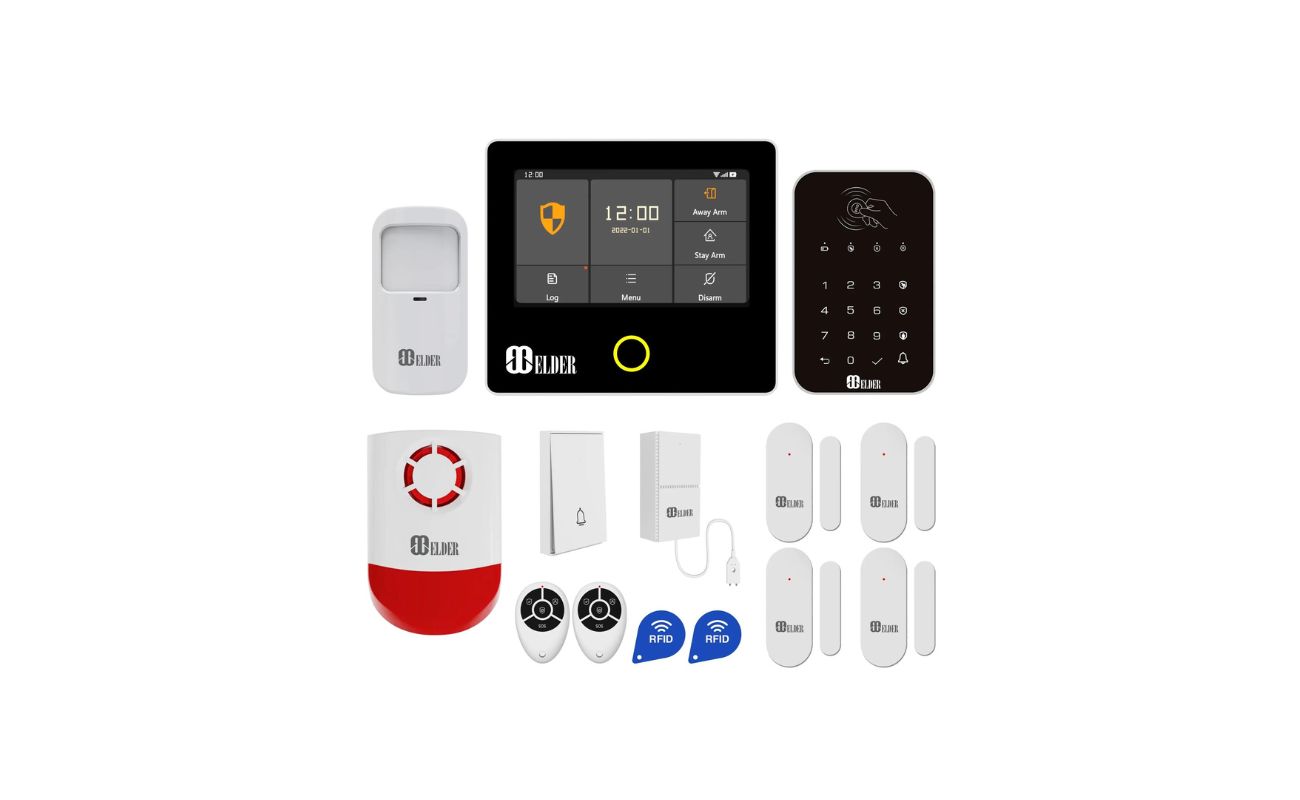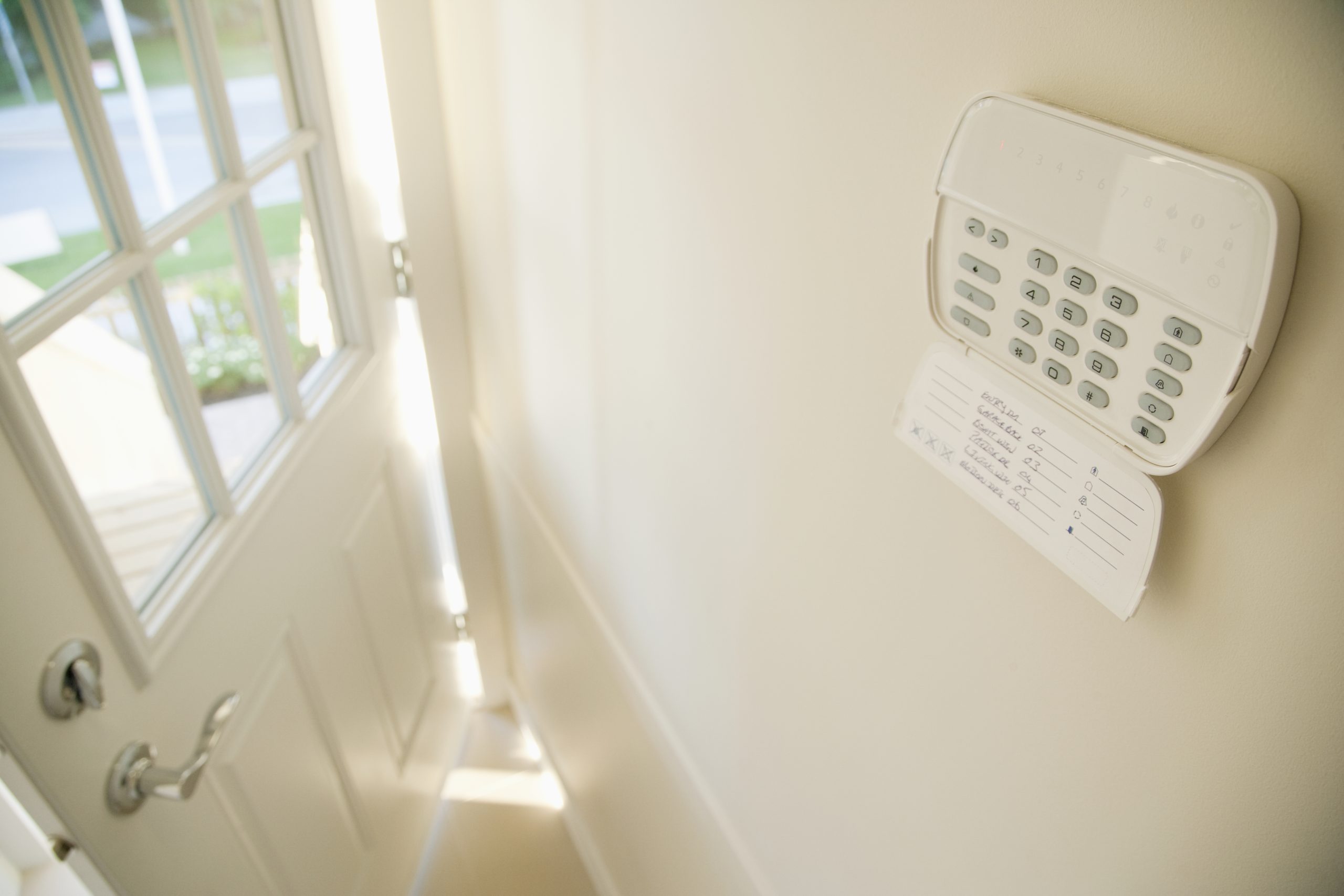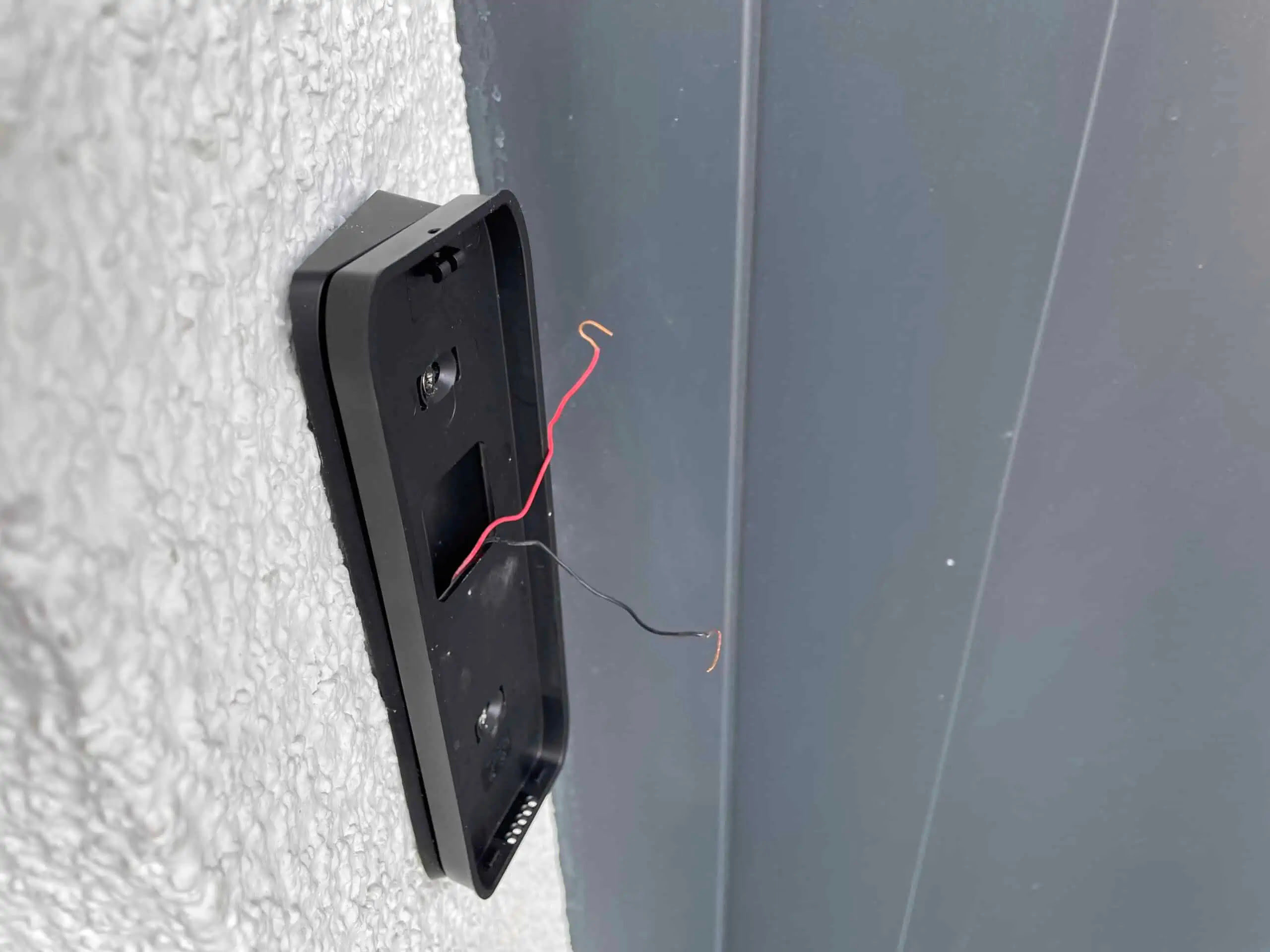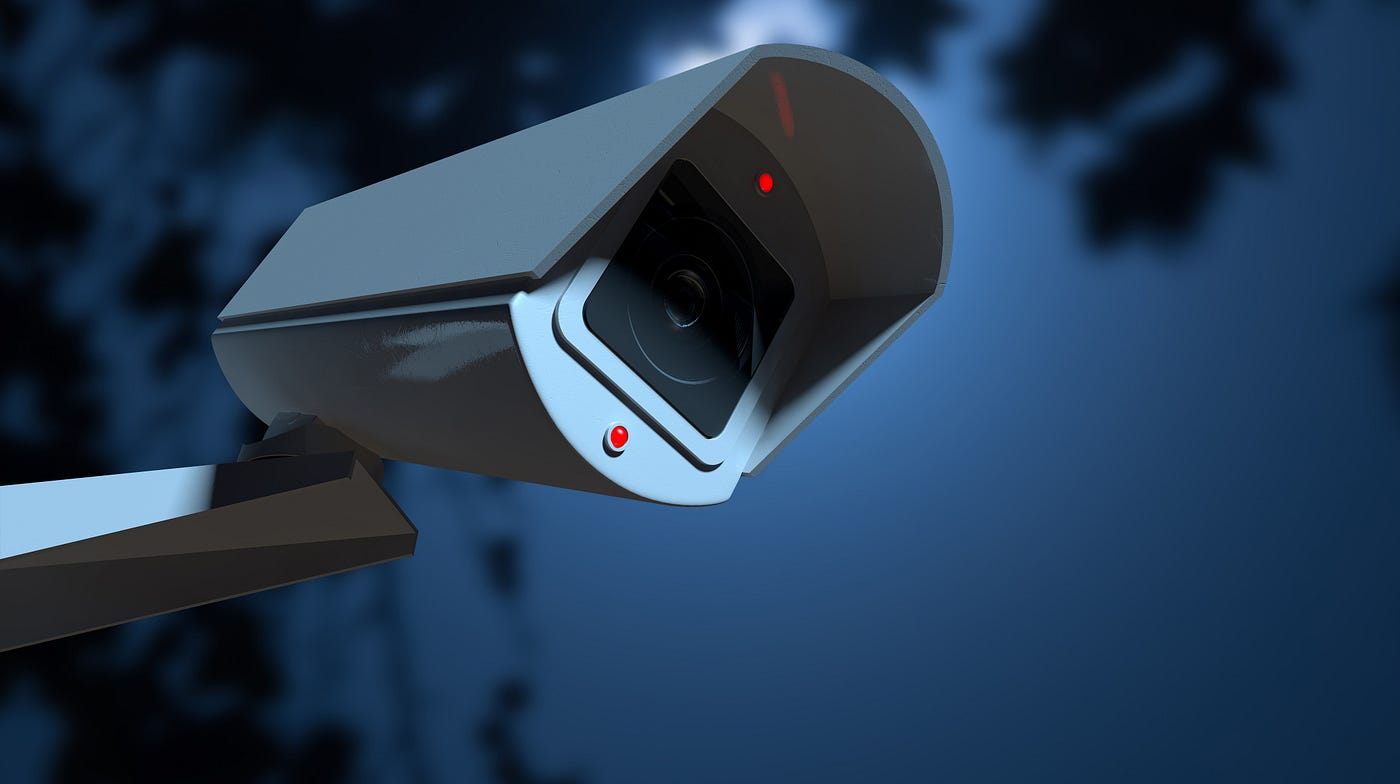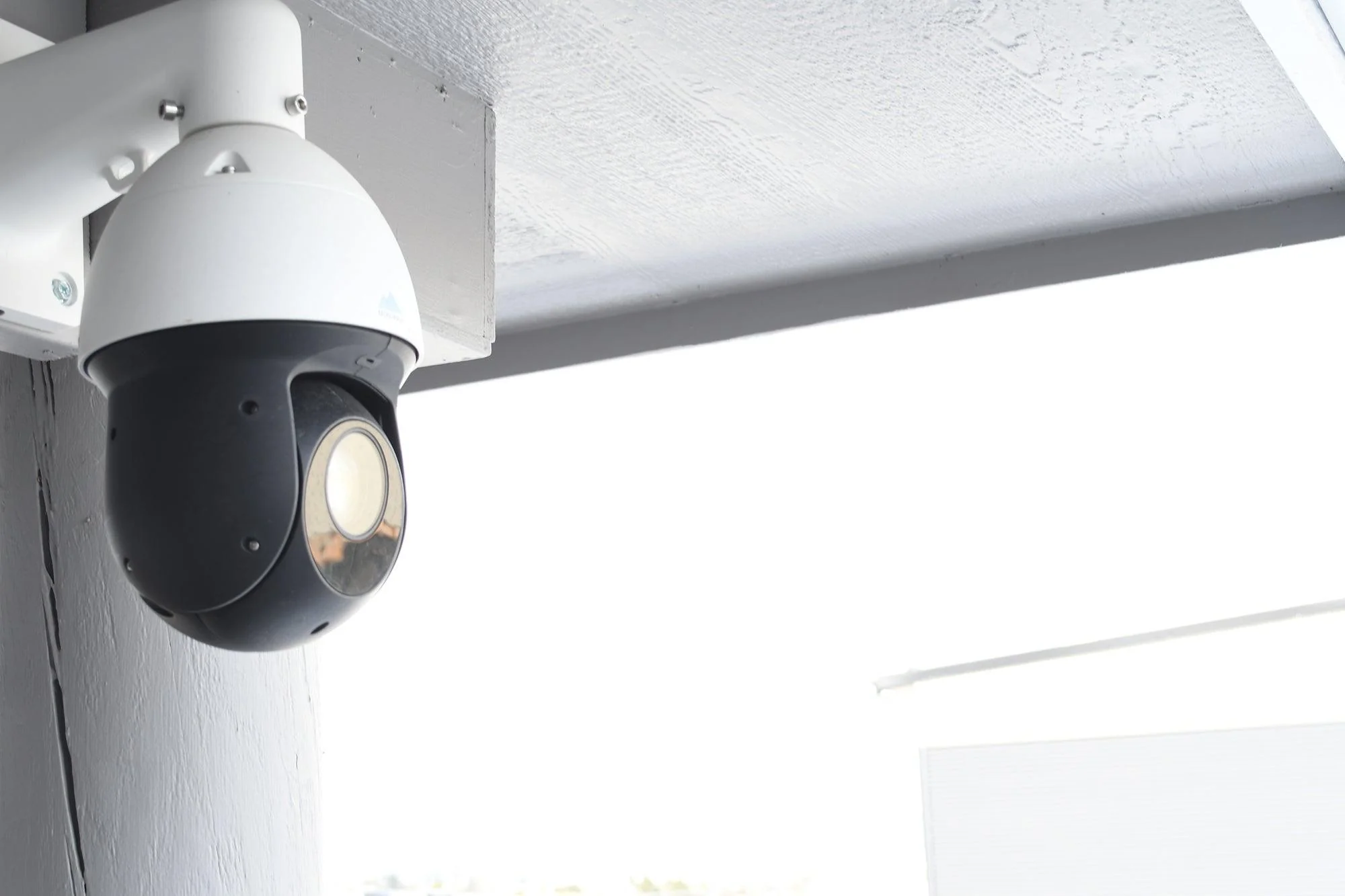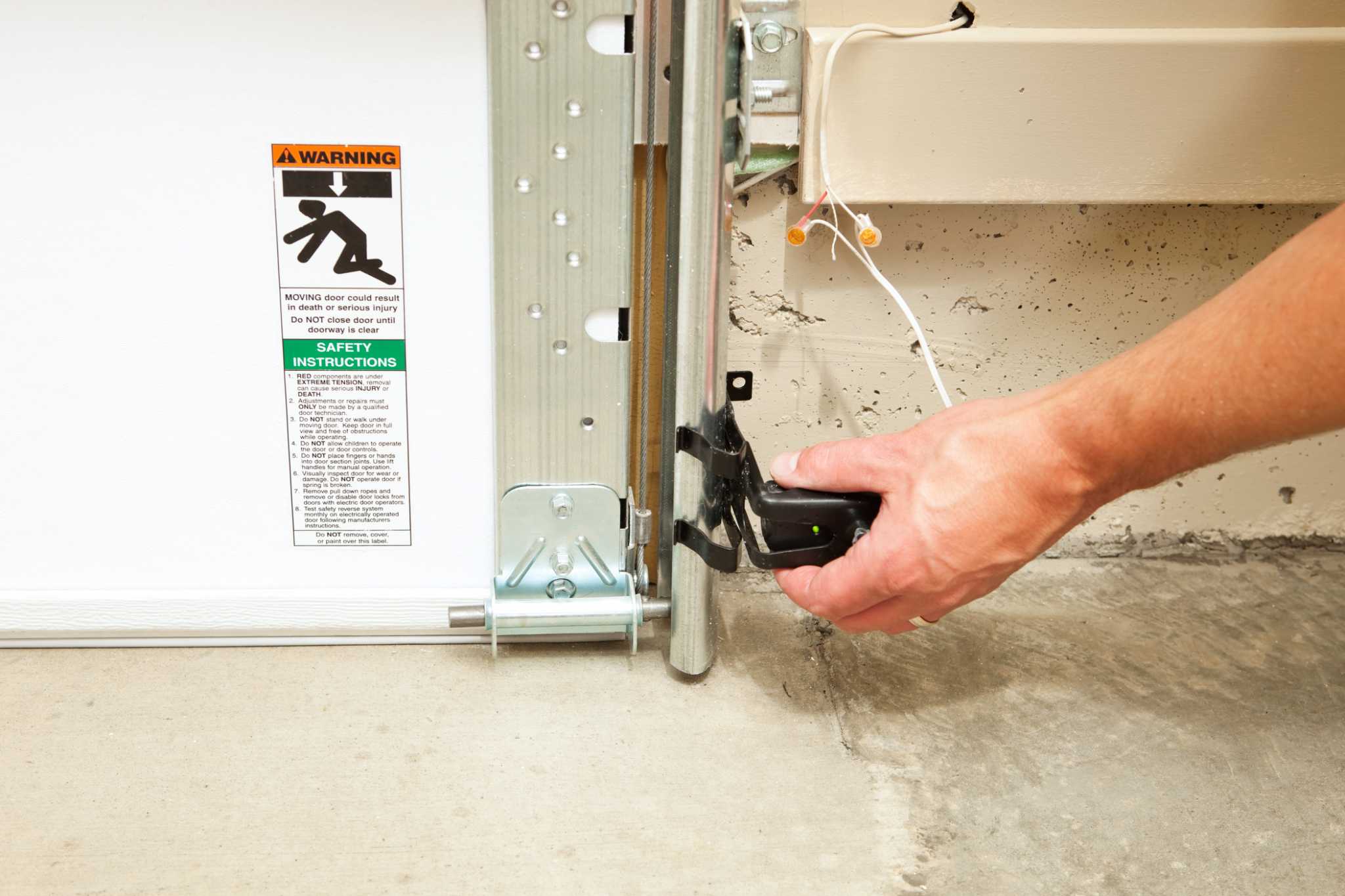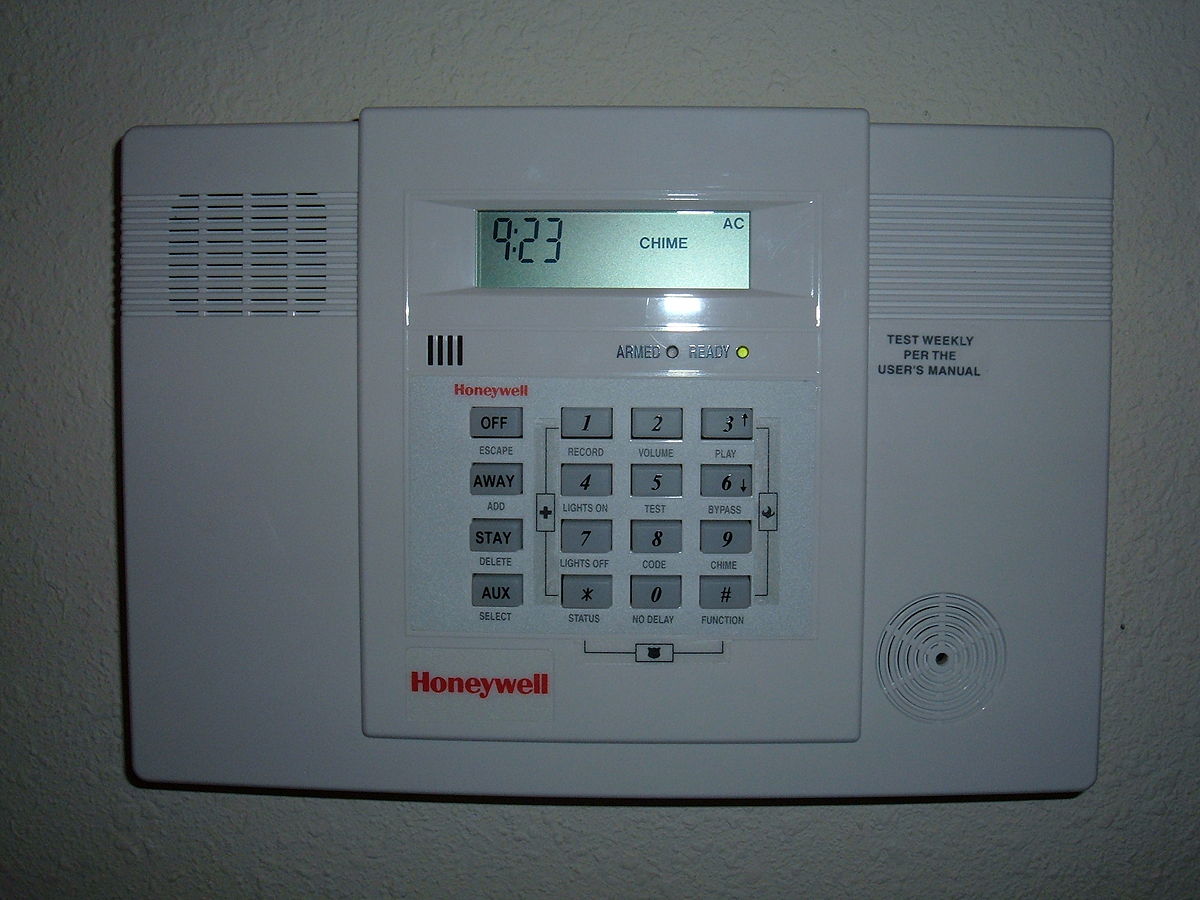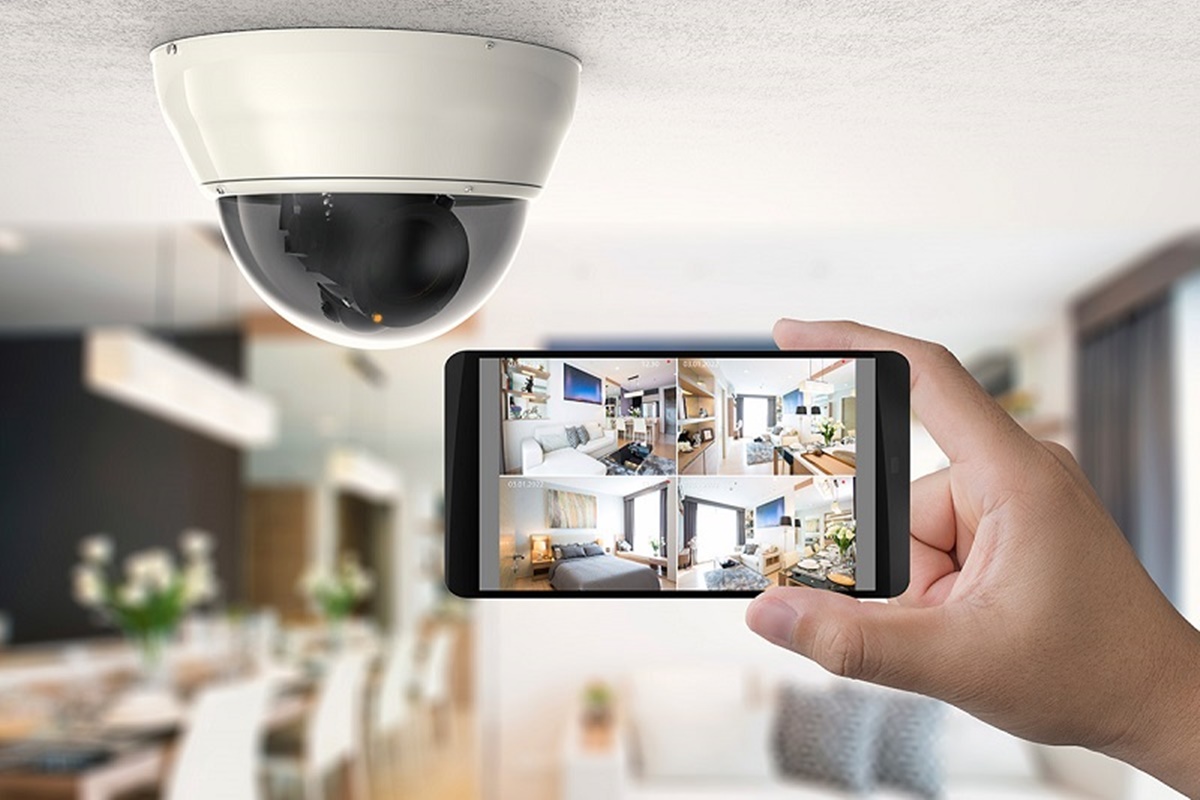Home>Home Security and Surveillance>Why Would A Home Security System Be Hacked?


Home Security and Surveillance
Why Would A Home Security System Be Hacked?
Modified: March 6, 2024
Discover the potential vulnerabilities of home security systems and why they can be susceptible to hacking. Ensure your home security and surveillance are robust and protected.
(Many of the links in this article redirect to a specific reviewed product. Your purchase of these products through affiliate links helps to generate commission for Storables.com, at no extra cost. Learn more)
Introduction
Home security systems play a vital role in keeping our homes safe and protected. With the advancement of technology, these systems have become even more sophisticated, offering advanced features such as remote access, smart cameras, and video surveillance. However, as technology evolves, so do the methods used by hackers to exploit vulnerabilities. This raises an important question: why would a home security system be hacked?
In this article, we will explore the various reasons why hackers target home security systems and what homeowners can do to protect their households. By understanding the potential risks, you can take proactive steps to ensure the safety of your home and loved ones. Let’s dive in.
Key Takeaways:
- Regularly update your home security system to protect against hacking. Use strong, unique passwords and secure remote access to minimize vulnerabilities.
- Be cautious of social engineering tactics and safeguard personal information to prevent unauthorized access and protect your home security system.
Read more: How To Hack Into Security Cameras
Lack of Security Updates
One of the main reasons why home security systems can be vulnerable to hacking is the lack of regular security updates. Just like any software or electronic device, security systems need to be regularly updated to patch any discovered vulnerabilities and protect against emerging threats.
When manufacturers release updates, they often include security patches that address known vulnerabilities. These vulnerabilities may be discovered by security researchers or even exploited by hackers. By keeping your security system up to date, you ensure that you have the latest protections in place.
Unfortunately, many homeowners neglect to update their security systems, either due to a lack of awareness or simply forgetting to do so. This leaves their systems exposed to potential attacks. It’s crucial to regularly check for updates from your security system provider and install them promptly.
To make the updating process more convenient, some security systems offer automatic updates. With this feature enabled, your system will automatically download and install the latest updates without requiring manual intervention. If your system doesn’t have this option, set a reminder to check for updates regularly.
By keeping your security system updated, you minimize the risk of falling victim to hacking attempts. Remember, hackers are constantly looking for vulnerabilities and outdated systems are an easy target.
Weak Passwords
Another common reason why home security systems can be hacked is the use of weak passwords. Many homeowners fail to realize the importance of creating strong and unique passwords for their security systems. Instead, they opt for easy-to-remember passwords or even use default passwords provided by the manufacturer.
Hackers are well-aware of these common password practices and often employ brute-force attacks or use sophisticated software to crack weak passwords. Once they gain access to your security system, they can easily disable or manipulate its functionalities, leaving your home vulnerable.
To protect your security system, it’s crucial to follow best practices when it comes to password creation:
- Use a combination of uppercase and lowercase letters, numbers, and special characters in your password.
- Avoid using easily guessable information such as your name, address, or birthdate.
- Make your password at least eight characters long, but longer is better.
- Create a unique password for your security system that you don’t use for any other accounts.
- Consider using a password manager to generate and securely store your passwords.
In addition to strong passwords, it’s also important to change your passwords regularly. This helps keep your security system secure by preventing unauthorized access even if a hacker manages to obtain your old password.
By implementing these password security measures, you significantly reduce the risk of your home security system being breached by hackers. Remember, a strong password is a crucial line of defense against unauthorized access.
Remote Access
The convenience of remote access is a feature that many homeowners value in their home security systems. It allows them to monitor and control their security system from anywhere using their smartphones or other devices. While this feature offers unparalleled convenience, it can also introduce potential vulnerabilities if not properly secured.
One common way hackers can exploit remote access is through weak or default login credentials. If you do not change the default username and password provided by the manufacturer, hackers can easily gain access to your security system by guessing or finding the default credentials online.
Another risk associated with remote access is the use of unsecured Wi-Fi networks. When connecting to your security system remotely, it’s crucial to ensure that you are using a secure and encrypted network. Public Wi-Fi networks, such as those found in coffee shops or airports, can be easily intercepted by hackers, allowing them to intercept your login credentials and gain unauthorized access to your security system.
To secure remote access to your home security system, consider the following measures:
- Change the default login credentials provided by the manufacturer to unique and strong passwords.
- Enable two-factor authentication if supported by your security system. This adds an extra layer of security by requiring a secondary verification, such as a code sent to your smartphone, in addition to your password.
- Regularly review login activity in your security system’s app or web portal to identify any suspicious or unauthorized access attempts.
- Ensure that you are connecting to your security system using a secure Wi-Fi network, such as a password-protected home network or a virtual private network (VPN) when accessing remotely through public networks.
By taking these precautions, you can enjoy the convenience of remote access without compromising the security of your home and personal information.
Outdated or Insecure Technology
One of the reasons why home security systems can be vulnerable to hacking is the use of outdated or insecure technology. As technology advances, security systems need to keep up with the latest developments to ensure robust protection against evolving threats.
When security system manufacturers release new models or versions, they often introduce improved security features and fixes for vulnerabilities found in older versions. However, some homeowners may continue to use outdated systems for various reasons, such as cost concerns or a lack of awareness about the need for upgrading.
Outdated security systems may lack essential security features or fail to receive regular security updates. This leaves them susceptible to hacking attempts, as malicious actors can exploit vulnerabilities that have been patched in newer versions.
Insecure technology can also contribute to the vulnerability of home security systems. Some manufacturers may not prioritize security during the development process, resulting in systems with inherent vulnerabilities. These vulnerabilities can be exploited by hackers to gain unauthorized access to your security system.
To mitigate the risks associated with outdated or insecure technology, consider the following steps:
- Regularly evaluate the security features and updates provided by your security system manufacturer. If there are notable security improvements in newer models or versions, consider upgrading your system.
- Stay informed about the latest security trends and vulnerabilities affecting home security systems. Subscribe to security bulletins or newsletters offered by your security system provider or reputable security organizations.
- Research and choose security system brands that have a strong reputation for prioritizing security in their products. Look for certifications or endorsements that validate their commitment to security.
- Consult with a professional security consultant who can assess the vulnerabilities of your current system and recommend appropriate upgrades or improvements.
By keeping your home security system up to date and investing in reputable and secure technology, you enhance the overall security of your home and minimize the risk of being targeted by hackers.
Read more: How To Hack Into A Wired Security Camera
Internet of Things Vulnerabilities
The Internet of Things (IoT) has revolutionized the way we interact with various devices in our homes, including security systems. However, the interconnected nature of IoT devices can introduce vulnerabilities that hackers can exploit.
Many home security systems now integrate with other smart devices, such as smart locks, cameras, and motion sensors. While this connectivity offers convenience and enhanced functionality, it also means that a security breach in one IoT device can potentially impact the entire system.
One common IoT vulnerability is the lack of robust security measures implemented by manufacturers. The rush to bring IoT devices to market has sometimes resulted in security being an afterthought, leading to devices with default or weak credentials, lack of encryption, and inadequate protection against unauthorized access.
Furthermore, IoT devices may communicate over insecure networks, making them susceptible to interception and tampering. Hackers can exploit these vulnerabilities to gain access to your security system and compromise its integrity.
To protect your home security system from IoT vulnerabilities, consider the following measures:
- Research and choose IoT devices from reputable manufacturers who prioritize security and regularly release firmware updates to address vulnerabilities.
- Change the default login credentials of all IoT devices and use strong, unique passwords for each device.
- Regularly check for firmware updates from device manufacturers and install them promptly to ensure you have the latest security patches.
- Ensure your home Wi-Fi network is password protected and using encryption protocols, such as WPA2 or WPA3.
- Monitor your network traffic and look for any suspicious activity or unauthorized connections.
By taking these precautions, you can minimize the risk of IoT vulnerabilities compromising the security of your home. Stay informed about the latest security practices for IoT devices and be proactive in implementing necessary security measures.
Regularly update the firmware and software of your home security system to ensure it has the latest security patches and protections against hacking.
Malware and Phishing Attacks
In the digital age, malware and phishing attacks have become increasingly prevalent threats that can compromise the security of home security systems. These malicious tactics aim to deceive and trick users into unknowingly installing malware or divulging sensitive information, such as login credentials or personal data.
Malware, short for malicious software, is designed to infiltrate and damage computer systems. Once a home security system is infected with malware, hackers can gain unauthorized access to your system, disable alarms, tamper with video feeds, or even use your system as a gateway to access other devices on your network.
Phishing attacks, on the other hand, involve tricking users into providing sensitive information through fraudulent communication. Hackers may send fake emails or create websites that mimic legitimate security system providers, enticing users to enter their login credentials or financial details.
To protect your home security system from malware and phishing attacks, consider these preventive measures:
- Employ robust antivirus and anti-malware software on all devices connected to your home network.
- Regularly update your security software and operating systems to ensure you have the latest protection against known vulnerabilities.
- Avoid clicking on links or downloading attachments from unknown or suspicious sources, particularly in emails or messages.
- Be cautious of emails or messages requesting personal or financial information, even if they appear to be from trusted sources. Verify the legitimacy of such requests by contacting the company directly.
- Educate yourself and your family members about common phishing techniques and warning signs to spot fraudulent communication.
- Implement strong spam filters on your email accounts to reduce the chances of phishing emails reaching your inbox.
By staying vigilant and following these preventive measures, you can significantly reduce the risk of malware and phishing attacks compromising your home security system. Remember, proactive measures and informed decision-making are essential in protecting your personal information and preserving the integrity of your security system.
Social Engineering
Social engineering is a tactic used by hackers to manipulate and deceive individuals in order to gain unauthorized access to sensitive information or systems. This technique relies on exploiting human psychology and trust to trick individuals into disclosing confidential information or performing actions that compromise security.
When it comes to home security systems, social engineering attacks often target homeowners or authorized users. They may disguise themselves as legitimate security system technicians, customer service representatives, or even trusted acquaintances in an attempt to gain access to your system.
Some common social engineering tactics include:
- Pretexting: The attacker creates a believable scenario or story to trick the homeowner into revealing sensitive information or granting access.
- Phishing calls: The hacker pretends to be a representative from the security system provider and asks for personal or login information.
- Impersonation: The attacker poses as a trusted individual, such as a neighbor or family member, to gain physical access to your home and security system.
- Information gathering: The hacker collects publicly available personal information to impersonate the homeowner or bypass security measures.
To protect yourself and your home security system from social engineering attacks, consider the following steps:
- Be cautious of unsolicited phone calls, emails, or visits from individuals claiming to be from your security system provider. Verify their identity by contacting the company through official channels.
- Avoid sharing sensitive information, such as login credentials or system details, with anyone unless you have confirmed their legitimacy.
- Regularly review and update your privacy settings on social media platforms to limit the amount of personal information available to potential attackers.
- Enable two-factor authentication on your security system if available. This adds an extra layer of security by requiring a secondary verification, such as a code sent to your smartphone, to access your system.
- Train yourself and your family members to be aware of social engineering techniques and to be skeptical of unsolicited requests for information or access to your home.
By being aware of social engineering tactics and maintaining a healthy level of skepticism, you can significantly reduce the risk of falling victim to these manipulative attacks. Remember, your home security system’s strength is not just in the technology it employs but also in the human element that interacts with it.
Theft of Personal Information
When hackers gain unauthorized access to a home security system, they may not be solely interested in physical security breaches. The theft of personal information is another significant risk that homeowners face when their security systems are hacked.
Home security systems often collect and store sensitive personal information, such as names, addresses, contact numbers, and even credit card details. This valuable information can be extremely valuable to hackers, who can exploit it for various malicious purposes, including identity theft, financial fraud, or selling the information on the black market.
With stolen personal information, hackers can impersonate homeowners, gain access to their financial accounts, or even carry out unauthorized transactions. This can lead to significant financial losses, damaged credit scores, or reputational damage.
To protect your personal information from being stolen through a security system breach, consider the following measures:
- Choose a reputable security system provider that has implemented strong security measures to protect user data.
- Regularly review your security system’s privacy settings and ensure that you are comfortable with the amount and type of personal information being collected and stored.
- Create strong, unique passwords for your security system’s user accounts to minimize the risk of unauthorized access.
- Enable encryption protocols, such as Secure Socket Layer (SSL) or Transport Layer Security (TLS), to secure the communication between your security system and any connected devices or cloud services.
- Monitor your financial accounts and credit reports regularly for any suspicious activity.
- If you suspect your security system has been hacked or your personal information has been compromised, contact your security system provider immediately and take appropriate steps to protect your accounts and personal data.
By taking proactive steps to protect your personal information and regularly monitoring for any signs of unauthorized activity, you can minimize the risk of falling victim to the theft of personal information through a compromised home security system.
Smart Cameras and Video Surveillance
The integration of smart cameras and video surveillance in home security systems has provided homeowners with enhanced monitoring capabilities and peace of mind. These cameras allow you to remotely monitor your property, receive real-time alerts, and even store video footage in the cloud. However, it’s important to be aware of potential risks and vulnerabilities associated with these devices.
One of the primary concerns with smart cameras and video surveillance is the risk of unauthorized access. If these cameras are not properly secured, hackers can gain access to the live video feeds or stored footage. This can lead to various privacy and security issues, as intruders can monitor your activities, gain insights into your daily routines, or even plan physical break-ins.
To protect your smart cameras and video surveillance system from unauthorized access, consider the following measures:
- Change the default login credentials of your cameras and use strong, unique passwords.
- Regularly update the firmware of your cameras to ensure that they have the latest security patches.
- Enable two-factor authentication if supported by your camera manufacturer. This adds an extra layer of security by requiring a secondary verification, such as a code sent to your smartphone, to access the camera’s settings or live feeds.
- Ensure that your Wi-Fi network is secure and encrypted to protect the communication between your cameras and devices.
- Regularly review the access permissions and sharing settings of your camera’s associated mobile apps or web portals to ensure that only authorized users have access to the feeds and footage.
- Avoid placing cameras in locations that may capture sensitive or private areas of your home, such as bedrooms or bathrooms.
In addition to securing your smart cameras themselves, it’s also crucial to protect the video footage that they capture. If your cameras are connected to a cloud storage service, ensure that the service provider follows robust security practices, including encryption and access controls.
By following these security practices, you can enjoy the benefits of smart cameras and video surveillance while minimizing the risk of unauthorized access and protecting your privacy.
Conclusion
Home security systems and surveillance are essential for protecting our homes and loved ones. However, it’s crucial to acknowledge that these systems can also be vulnerable to hacking and other cyber threats. By understanding the potential risks and taking proactive steps, homeowners can better protect their security systems and maintain the integrity of their homes.
From our discussion, we’ve learned that lack of security updates, weak passwords, remote access vulnerabilities, outdated or insecure technology, Internet of Things vulnerabilities, malware and phishing attacks, social engineering, theft of personal information, and smart camera vulnerabilities are common factors that contribute to the hacking of home security systems.
To mitigate the risks, it’s important to regularly update security systems, use strong and unique passwords, secure remote access, ensure the use of up-to-date and secure technology, be cautious of IoT vulnerabilities, protect against malware and phishing attacks, be aware of social engineering tactics, safeguard personal information, and secure smart cameras and video surveillance.
By implementing these measures, homeowners can significantly reduce the chances of falling victim to hacking attempts and protect their homes from unauthorized access. Additionally, ongoing education and awareness about emerging threats and security best practices play a crucial role in maintaining the safety and integrity of home security systems.
Remember, cybersecurity is an ongoing effort. It requires a combination of robust security measures, responsible user behavior, and keeping up with the evolving landscape of threats. By prioritizing the protection of our security systems, we can ensure the safety and well-being of ourselves, our families, and our homes.
Frequently Asked Questions about Why Would A Home Security System Be Hacked?
Was this page helpful?
At Storables.com, we guarantee accurate and reliable information. Our content, validated by Expert Board Contributors, is crafted following stringent Editorial Policies. We're committed to providing you with well-researched, expert-backed insights for all your informational needs.
